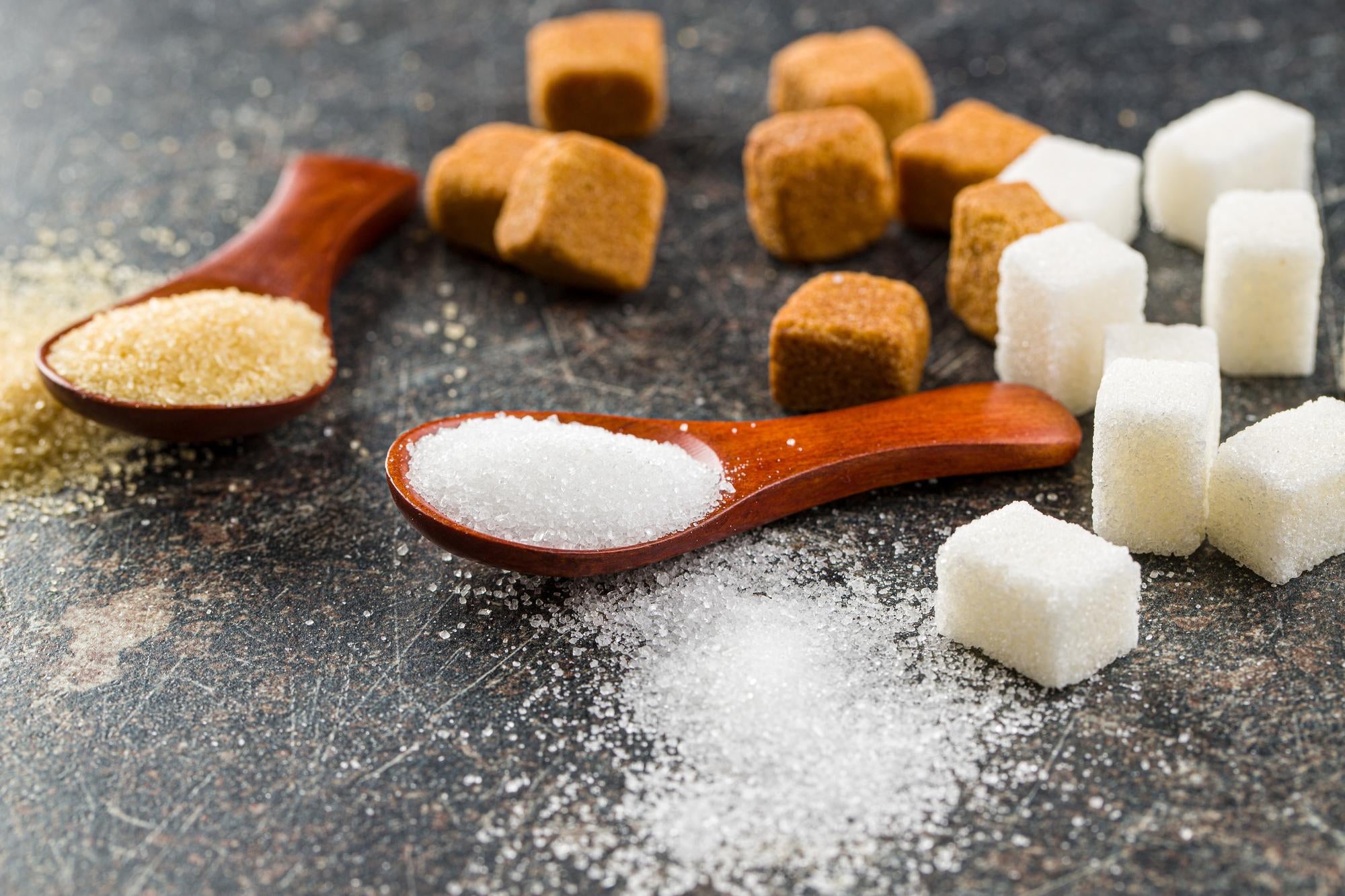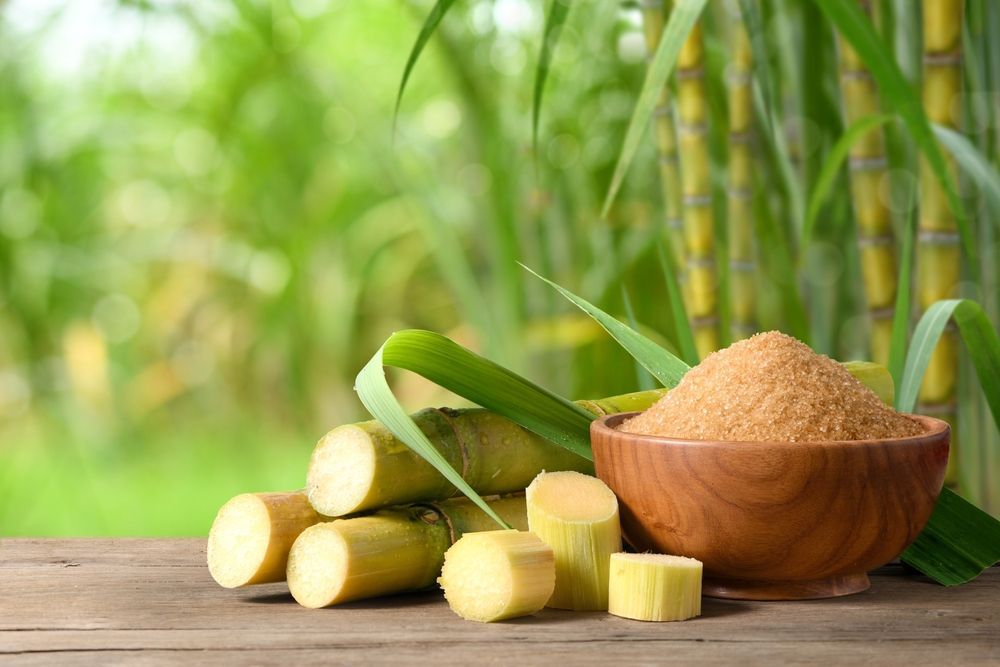Beet Sugar vs. Cane Sugar: Key Differences You Should Know
The distinction between beet sugar and cane sugar prolongs beyond their similar chemical compositions; it includes their origins, manufacturing approaches, and prospective health ramifications. While both types of sugar offer as usual sweeteners, their divergent histories-- beet sugar emerging in 19th century Europe and cane sugar mapping back to old Southeast Asia-- established the stage for a deeper exploration of their production and dietary accounts.
Beginnings of Beet Sugar
Although beet sugar has ended up being a significant player in the international sugar market, its beginnings can be traced back to the early 19th century when European scientists started exploring different sources of sugar. The turning point took place in 1801 when German chemist Andreas Marggraf determined sugar in the white beet, an exploration that prepared for subsequent study and industrial applications.
The procedure of refining beet sugar was further advanced by his student, Franz Karl Achard, that established the initial beet sugar factory in Prussia in 1806. This development accompanied the Napoleonic Battles, during which profession interruptions brought about an increased need for domestic sugar manufacturing in Europe. beet sugar vs cane sugar. Because of this, beet sugar acquired traction, especially in countries like France and Germany

Beginnings of Cane Sugar
Cane sugar, originated from the sugarcane plant, has a rich background that goes back countless years, mostly in tropical regions where the plant prospers. The earliest proof of sugarcane cultivation can be mapped to New Guinea and Southeast Asia around 8,000 BCE. From these origins, expertise of sugarcane infect India, where it was initial refined right into taken shape sugar by the fifth century CE.
As trade paths created, sugarcane got to Persia, the Mediterranean, and at some point Europe, where it was initially considered a deluxe item. The growth of sugar manufacturing occurred during the Islamic Golden Era, which helped with the transfer of farming techniques and innovations. By the 15th century, the demand for sugar surged, motivating European countries to establish plantations in the Caribbean and South America.
This shift not only transformed the agricultural landscape of these areas yet also had considerable socio-economic implications, consisting of the reliance on shackled labor. Cane sugar, when a rare asset, came to be a staple in diet regimens worldwide, laying the structure for the international sugar sector we identify today. Recognizing its origins is critical for valuing cane sugar's effect on culinary traditions and economic situations.
Production Processes
The manufacturing processes for both beet sugar and cane sugar entail a number of important steps that change resources into the crystalline sweeteners commonly made use of today. For beet sugar, the procedure begins with collecting sugar beetss, which are after that washed and cut right into slim cossettes. These cossettes are subjected to warm water removal, enabling the sugar to dissolve. The resulting juice undertakes purification, generally entailing lime and carbon dioxide therapy to remove contaminations. The made clear juice is then focused through dissipation, and crystallization happens as the syrup cools. The sugar crystals are separated from the molasses and dried out.
On the other hand, cane sugar manufacturing starts with the harvesting of sugarcane, which is squashed to remove the juice. This juice is also detoxified utilizing lime and warmth. Complying with filtration, the juice is evaporated to develop a syrup, which is after that crystallized. The sugar crystals are centrifuged to separate them from the remaining syrup, referred to as molasses, and subsequently dried out. While both processes share similarities, the resource material and certain approaches cause distinct attributes for beet and cane sugars, affecting the choices of consumers and makers alike.
Nutritional Contrast
When contrasting the nutritional accounts of beet sugar and cane sugar, it is necessary to identify that both sugar are largely composed of sucrose, leading to similar power web content and calorie worths (beet sugar vs cane sugar). Both sorts of sugar typically have concerning 4 calories per gram, making them comparable in terms of energy provision
In addition to sucrose, both beet and cane sugars contain trace amounts of minerals and vitamins; nevertheless, these amounts are minimal and do not significantly add to everyday nutritional demands. As an example, both may contain minute degrees of magnesium, calcium, and potassium, yet these are not present in adequate total up to supply any kind of considerable health advantages.
Furthermore, Check Out Your URL the lack of fiber in both types of sugar emphasizes their duty as pure sweeteners instead than sources of nutrition. beet sugar vs cane sugar. While they may give a quick resource of power, their absence of crucial nutrients stresses the value of moderation in usage
Eventually, from a purely nutritional point ofview, beet sugar and cane sugar are essentially equivalent, making the choice in between both mostly based on aspects such as taste preference, schedule, and environmental factors to consider.
Health And Wellness Ramifications
While beet sugar and cane sugar share similar dietary accounts, their health implications warrant consideration past mere make-up. Both sugars are primarily composed of sucrose, which can cause comparable metabolic effects; extreme intake can add to obesity, diabetes, and cardiovascular illness. The resource and manufacturing processes of these sugars might influence their total wellness influence.
Beet sugar is usually produced using questionable chemicals, such as phosphoric acid, which may leave trace residues. On the other hand, cane sugar goes through an extra typical refining procedure, which tends to be less chemical-intensive. The presence of these residues in beet sugar might increase issues for delicate populaces or those seeking to lessen chemical direct exposure.

In addition, the farming practices of sugar beetss and sugar cane might differ, with the former frequently including more intensive agricultural methods that can affect soil health and wellness and biodiversity. This farming context may influence the wider health and wellness implications of sugar intake on a populace level.
Ultimately, while both beet and cane sugars serve comparable roles in the diet regimen, customers should consider the nuances of manufacturing and sourcing when making educated choices concerning their sugar intake.
Verdict

While both types of sugar serve as common sweeteners, their different histories-- beet sugar emerging in 19th century Europe and cane sugar mapping back to ancient Southeast Asia-- established the phase for a deeper exploration of their manufacturing and dietary profiles.The procedure of refining beet sugar was more progressed by his student, Franz Karl Achard, who established the very first beet sugar manufacturing facility in Prussia in 1806.The manufacturing processes for both beet sugar and cane sugar entail numerous important steps that change raw materials right into the crystalline sugar generally utilized today. For beet sugar, the procedure begins with collecting sugar beetss, which are then washed and cut into slim cossettes. The this post removal processes even more differentiate the 2, with beet sugar using warm water removal and cane sugar including crushing.